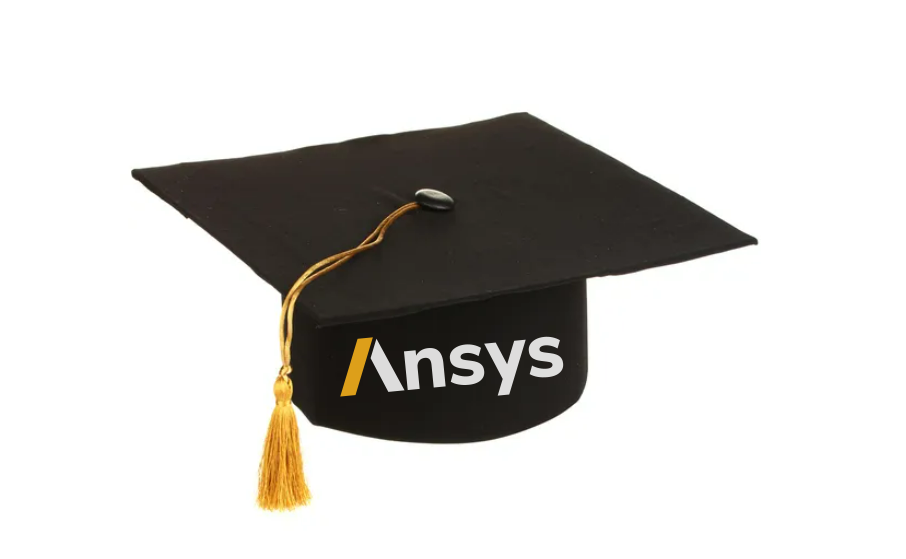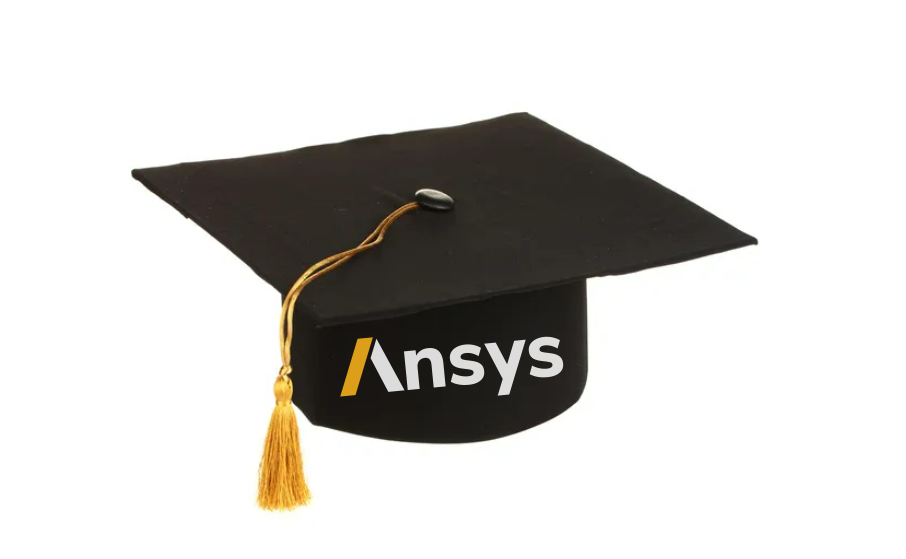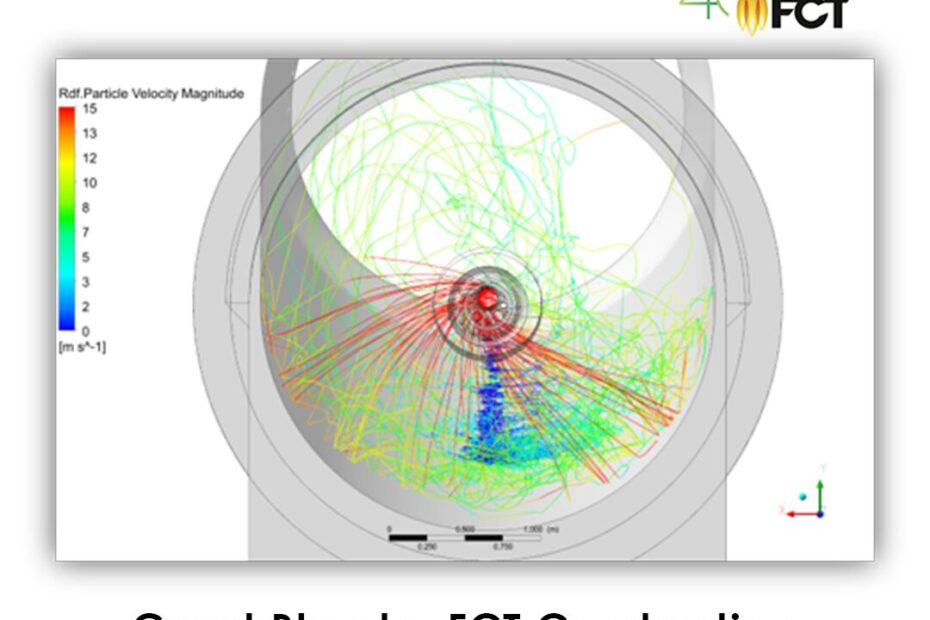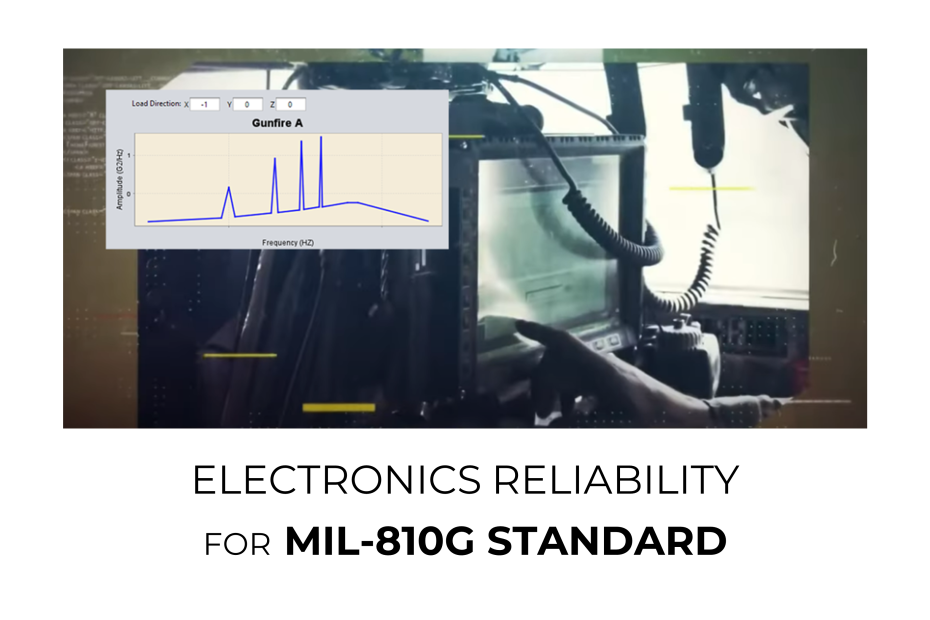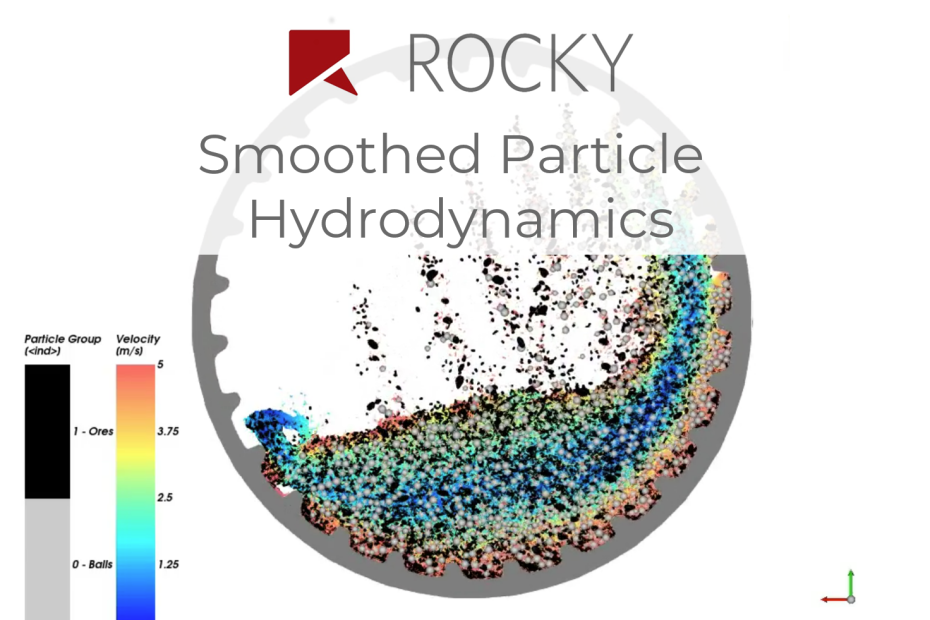Creo 9 Release Highlights
Highlights from LEAP’s Creo 9 launch, including our recent webinar that was held for customers unable to join us at the live events. The webinar recording includes key highlights of new features and enhancements in Creo 9 along with a live demonstration.





